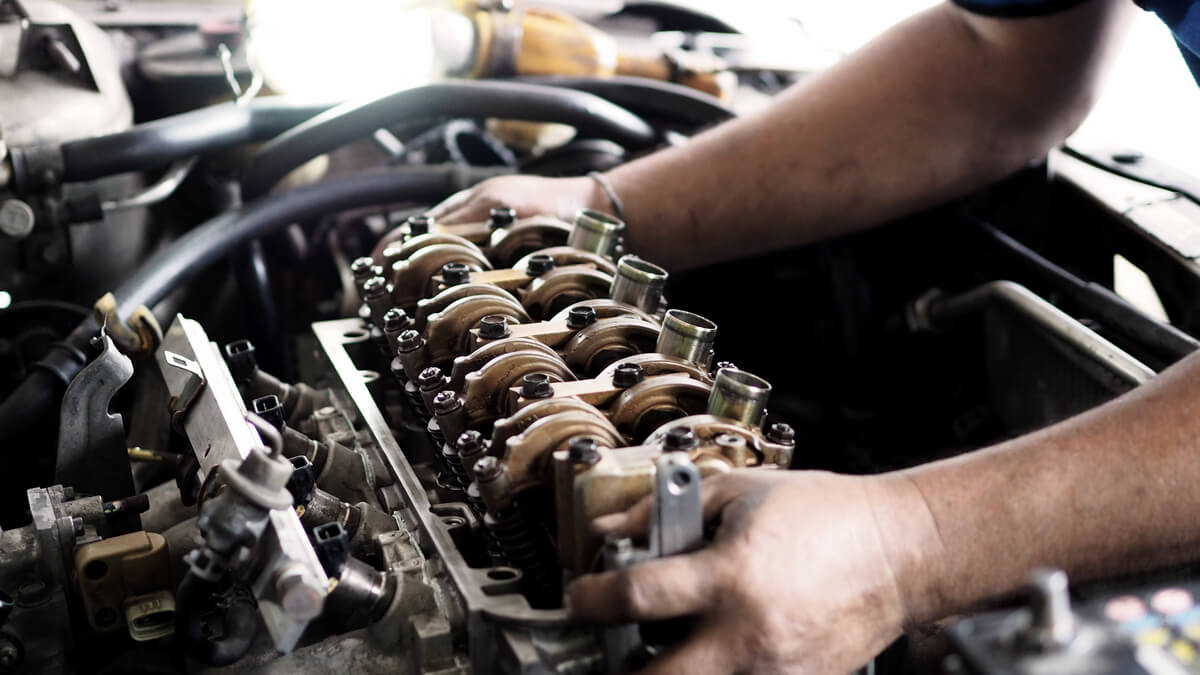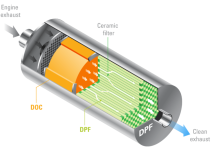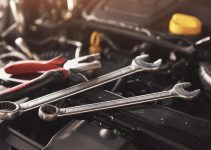If you’ve ever had to replace a car part — whether it be for safety reasons or just because you’re trying to pass your annual state inspection — you know that it can get pretty expensive. But some car parts are more expensive than others to replace, and the difference can be enormous. In fact, some of the costliest repairs can cost as much as $10,000(!) depending on what needs to be done and where you live.
Engine Repairs
Engine repair is expensive because engines are highly technical pieces of machinery and require specialty tools, parts, and a lot of labor to remove and replace. An engine replacement can take up to 12 hours for an experienced technician to diagnose, repair, and reinstall the new engine into your car.
If you want to avoid having a faulty engine that needs replacing, then it’s advisable not only to keep your car well maintained but also to get regular maintenance checks from your local mechanic or garage service center.
Transmission Repairs
Transmission repair is one of the most expensive auto repairs you can have, and it’s also one of the most common.
While it’s not always possible to avoid transmission problems entirely, there are some things that you can do that will help prolong its life, making it less likely that you’ll have to pay for a transmission repair.
For example:
- Keep your engine tuned up so that it runs smoothly and efficiently—and research suggests that this could save you $1 a gallon in gas! This will help prevent the build-up of sludge inside your car’s engine and keep those gears turning smoothly.
- Be sure to get regular oil changes at a reputable service station; this will ensure that any contaminants in your engine are removed quickly before they cause damage or reduce efficiency. (And if there aren’t any good places nearby where this service is cheap enough for your budget, consider changing dealers.)
Tire Replacement
Tire replacement is a major expense and one that many people overlook. Tires are expensive and a safety hazard—they need to be replaced when they’re worn out, which is usually every 3-5 years, depending on how much you drive. They also have a major effect on gas mileage, resale value, and handling of your vehicle.
If you want to save money on tire replacement costs in the future, then try these options:
- Don’t let your tires go below 30% tread depth; otherwise, they’ll look flat even though they’re not!
- Buy an all-season tire instead of multiple sets of different ones; it’s cheaper in the long run!
- Consider buying used tires online; there are plenty available through reputable sellers like Tire Rack or Amazon Marketplace (but always check reviews first!).
Timing Belt Replacement
If you’re not familiar with the timing belt, it’s a crucial part of your car engine. It moves all the other components of an internal combustion engine in sync with one another so that they work together to make your car move.
If you don’t replace this belt, it can break and cause serious damage to your engine. This means that if you need this part replaced, it can cost a lot—anywhere from $600-$1,200.
To prevent that from happening, some things to look out for are signs that something is wrong with your car—like oil leaks or smoke coming from under the hood—and be aware when it comes time for scheduled maintenance (usually every 30K-50K mile). If any of these things are present when getting an oil change or doing routine checks on a vehicle before taking a road trip, then take care of those issues before heading out!
Exhaust System Repairs
If you have to make an exhaust system repair, it won’t be cheap. The cost of repairs depends on the type of vehicle you drive and how extensive the damage is, but a good rule of thumb is that if your car needs an exhaust system repair, it’s going to cost at least $100.
If you want to avoid these costs in the future, try not driving your car too hard or running into things with it; these activities can weaken or damage your exhaust system. If you do end up having an accident with your car where there’s a lot of damage done to its body and undercarriage—and especially if it still runs well after being repaired—it’s probably best to trade the vehicle in for another one rather than spend any more money repairing what seems like an old car by now anyway.
Windshield Crack Repairs
A windshield crack can be caused by a rock or other debris hitting the glass, or sometimes even by an object flying through your car’s window while you’re driving. Repairing a cracked windshield is relatively inexpensive and easy to do yourself, but it’s important to understand how to repair a crack before doing so. If you’ve got a crack that is less than two inches long and isn’t located in an area where it could affect vision, then there’s no reason not to try yourself first. Just make sure you have access to both sides of the glass—one side of your car might have enough room for both hands (or even just one hand), but chances are good that getting around both sides is going to require some contorting in order for things like wrenches and screwdrivers not inadvertently scratch up other parts of your vehicle (like paint).
If you’re looking for something more permanent than duct tape or super glue, however, it may be better if you took your car into an experienced auto shop instead. Windshields aren’t cheap; replacing them will cost between $250-$500 depending on where they’re purchased from and what kind of insurance coverage you have on them already (if any).







